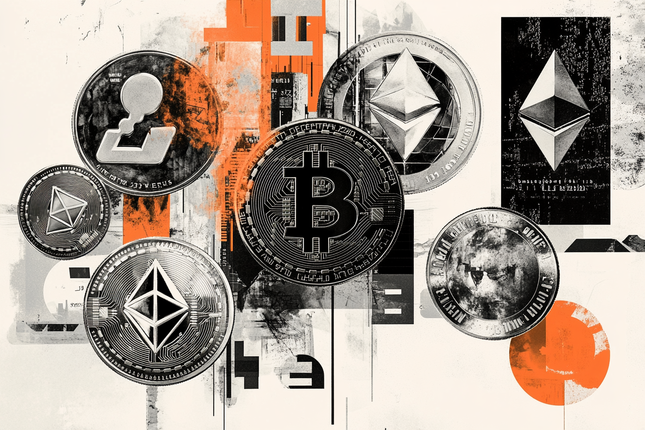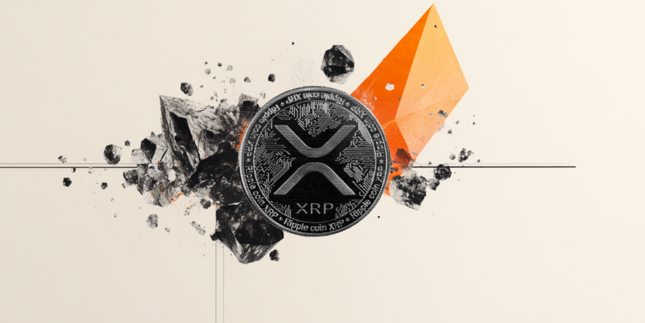- According to the Cryptology and Data Security Research Group at the University of Bern, Ripple Network doesn’t ensure safety.
- The analysis report warns Ripple to fix the potential violations of the protocol in time.
A recent report and analysis by the Cryptology and Data Security Research Group at the University of Bern concludes that the Ripple protocol doesn’t ensure safety or liveness under the stated assumptions.
Ripple’s consensus protocol aims at ensuring that the same transactions are processed and validated ledgers are consistent across the network. It should protect the system against attacks and failure modes, such as malicious actors that may be attempting to control or interrupt the system at any given time.
The analysis shows how the Ripple consensus protocol can be violated using seven nodes. The setup basically consists of six good nodes and one bad node, referred to as the Byzantine node.
Nodes 1, 2, and 3 (white) adopt UNL1, vertically hatched, and nodes 5, 6, and 7 adopt UNL2, horizontally hatched. Node 4 (gray) is Byzantine.
Using this particular setup, researchers were able to make two correct nodes execute different transactions which basically violates the agreement condition of the consensus protocol. While this was a demonstration with only seven nodes, researchers showed the same type of violation using an arbitrarily large number of nodes too.
The liveness of Ripple consensus protocol is also at risk
In concurrent computing, liveness refers to a set of properties of concurrent systems. The analysis report shows how the liveness of the consensus protocol can be violated even when all the nodes are the same and only one is the Byzantine (bad) node.
Researches were able to bring the protocol into a state that made it unable to produce a correct ledger and ultimately stopped making any progress. The conclusion of the report states that Ripple might be at risk adding:
Previous work regarding the Ripple consensus protocol has already brought up some concerns about its liveness and safety. In order to better analyze the protocol, this work has presented an independent, abstract description derived directly from the implementation. Furthermore, this work has identified relatively simple cases, in which the protocol may violate safety and/or liveness and which have devastating effects on the health of the network. Our analysis illustrates the need for very close synchronization, tight interconnection, and fault-free operations among the participating validators in the Ripple network.
It’s important to note that these attacks are just theoretical and were not demonstrated with a live network. However, these hypothetical attacks have often translated into real ones eventually which means Ripple must try to fix them in time.
Note: All information on this page is subject to change. The use of this website constitutes acceptance of our user agreement. Please read our privacy policy and legal disclaimer. Opinions expressed at FXstreet.com are those of the individual authors and do not necessarily represent the opinion of FXstreet.com or its management. Risk Disclosure: Trading foreign exchange on margin carries a high level of risk, and may not be suitable for all investors. The high degree of leverage can work against you as well as for you. Before deciding to invest in foreign exchange you should carefully consider your investment objectives, level of experience, and risk appetite. The possibility exists that you could sustain a loss of some or all of your initial investment and therefore you should not invest money that you cannot afford to lose. You should be aware of all the risks associated with foreign exchange trading, and seek advice from an independent financial advisor if you have any doubts.
Recommended Content
Editors’ Picks

Top 3 Price Prediction Bitcoin, Ethereum, Ripple: Bulls target $100,000 BTC, $2,000 ETH, and $3 XRP
Bitcoin (BTC) is stabilizing around $95,000 at the time of writing on Wednesday, and a breakout suggests gains toward $100,000. Ethereum (ETH) and Ripple (XRP) followed BTC’s footsteps and hovered around their key levels.

Tether mints 3 billion USDT on Ethereum and TRON as markets stabilize
Tether ramps up its minting activity amid surging demand for stablecoins, often signaling heightened trading and liquidity needs. The issuer of the leading stablecoin by market capitalization has minted 2 billion USDT on Ethereum and an additional 1 billion USDT on the TRON network.

SEC delays decision on Franklin Templeton’s spot XRP ETF to June 2025
The Securities and Exchange Commission (SEC) has postponed its decision on Franklin Templeton’s spot XRP ETF, extending the review period to June 17, 2025. XRP traded at approximately $2.24 at press time, rising 7% over the past week, according to CoinGecko.

Trump Media announces new token launch and native crypto wallet in latest Shareholder letter
Trump Media unveils plans to launch a utility token and crypto wallet to monetize Truth Social and expand its streaming services. Markets react with a 10% drawdown on the Solana-hosted official TRUMP memecoin.

Bitcoin Weekly Forecast: BTC consolidates after posting over 10% weekly surge
Bitcoin price is consolidating around $94,000 at the time of writing on Friday, holding onto the recent 10% increase seen earlier this week. This week’s rally was supported by strong institutional demand, as US spot ETFs recorded a total inflow of $2.68 billion until Thursday.

The Best brokers to trade EUR/USD
SPONSORED Discover the top brokers for trading EUR/USD in 2025. Our list features brokers with competitive spreads, fast execution, and powerful platforms. Whether you're a beginner or an expert, find the right partner to navigate the dynamic Forex market.